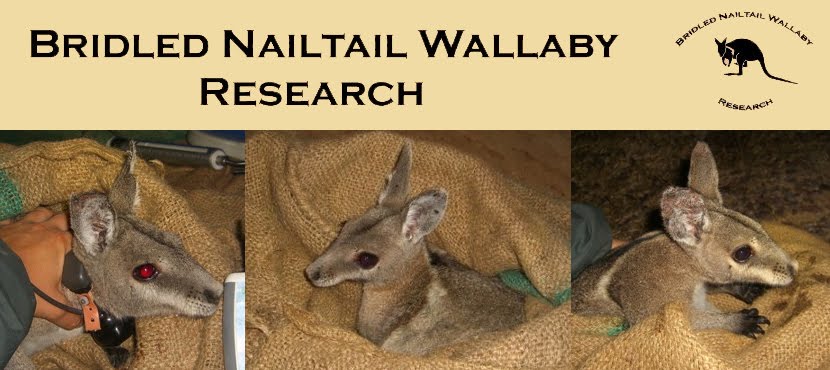During the last 200 years, Australia has been experiencing one of the worst mammal extinction rates in the world with a third of the mammal extinctions worldwide being Australian mammals. Everyone is worried about losing animals to extinction. There is only about 3,725 Black Rhinos, 3,200 Tigers and less than 1,600 Giant Pandas left in the wild. Most people know about these animals, that they are endangered and need protection. However, how many people actually realise that there are also endangered Australian animals. Who knows that there is a beautiful little wallaby species that is endangered and needs help to avoid extinction? There is only about 100 bridled nailtail wallabies left in the last natural population. This is an extremely low number and they live in an area less than 5 km2. Australians are proud of their country and natural heritage and so they should be. Why else would animals such as koalas, kangaroos/wallabies, emus and more be iconic features that nearly every person in the world knows about Australia. Now we need to get active and help save these beautiful animals, by letting people know these animals exist. You can only save what you know.
For many years the bridled nailtail wallaby was believed to be extinct, until it was rediscovered in 1973 near the town of Dingo. Nowadays the bridled nailtail is listed as endangered (IUCN 2010) and there is only three wild populations of which the only natural population persists in Taunton National Park (Scientific). This is a scientific national park closed to the public to ensure a maximum of protection for the animals. The aim of this project that I am working on for my PhD is to find a good balance between land use and the conservation of Bridled Nailtail Wallabies. It would be great to see the numbers of wallabies increasing, so that they do not face extinction anymore.
One of the problems these wallabies are facing is the spread of buffel grass into the national park. Buffel grass is an imported pasture grass that is of great economic benefit to Australian pastoral communities. This is due to its valuable characteristics such as the abilities to deal with heavy grazing conditions, to withstand disturbance, tolerate droughts and to adapt readily to surrounding areas. Unfortunately all these characteristics valued for pasture production are also those making this grass one of the worst environmental weeds, not just in Australia but also many other parts of the world. The issue of buffel grass is of great concern in many parts of Australia and is important for the future or Australia's wildlife.
My job is to try and learn more about the wallabies and what changes the invasion of buffel grass has brought along. I want to help find ways to control buffel grass on the national park and help create a habitat that is suitable for the wallabies needs. I am monitoring the wallabies now and am comparing my finds to data collected in the 80s and 90s before the buffel grass became such a big issue. Hopefully we will be able to find solutions for the habitat change and help provide a good base for a future for these magnificent animals.
Extinction is forever... so let us make sure the bridled nailtail wallabies do not have to end there.

No comments:
Post a Comment